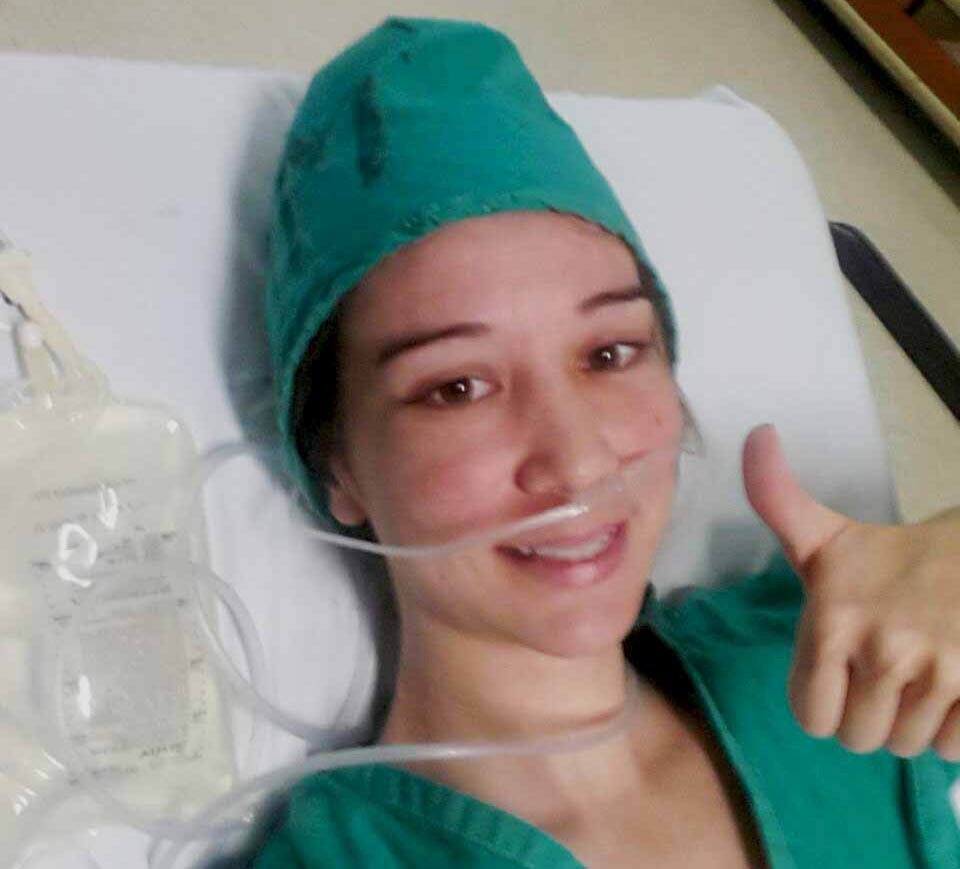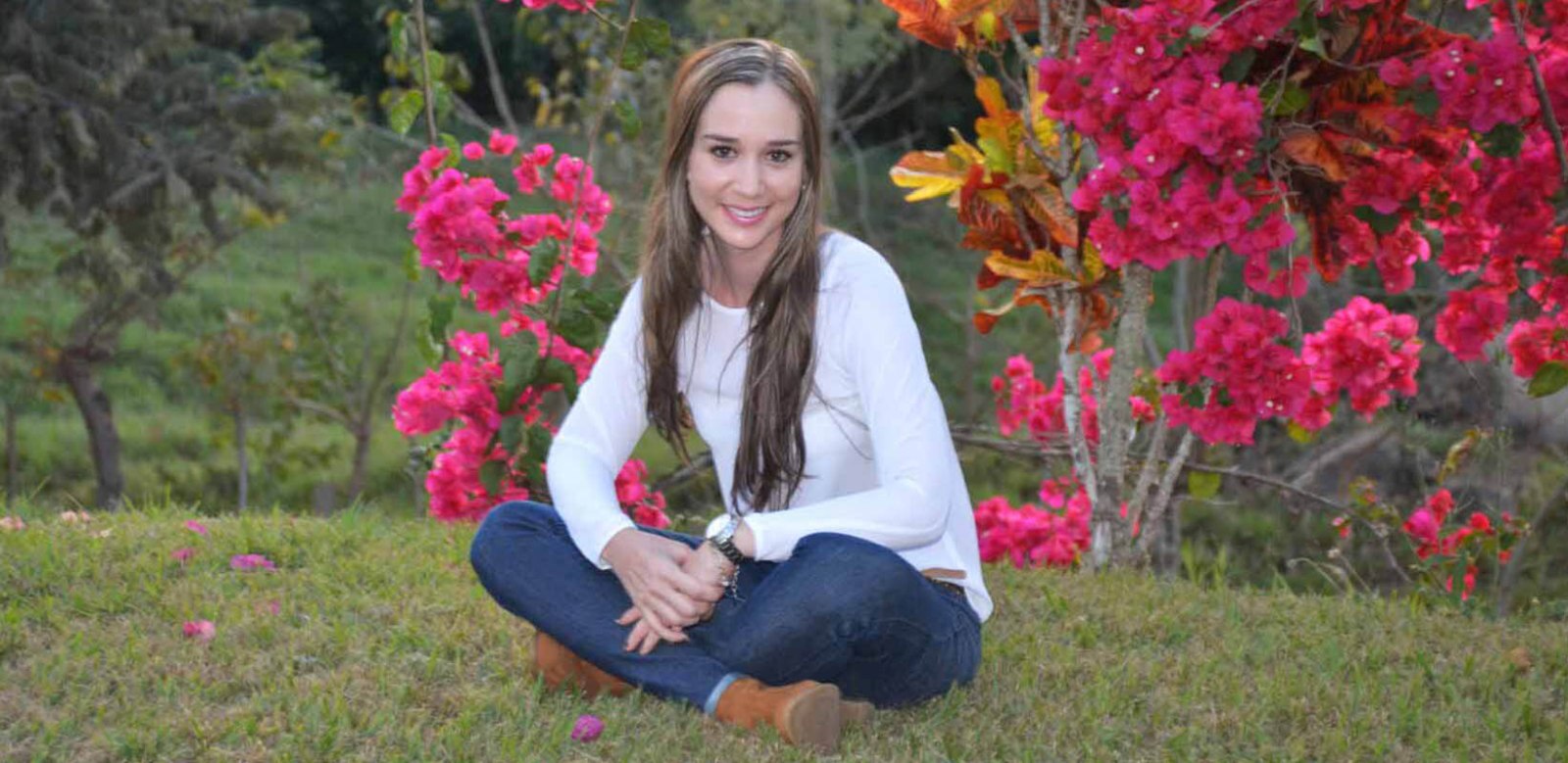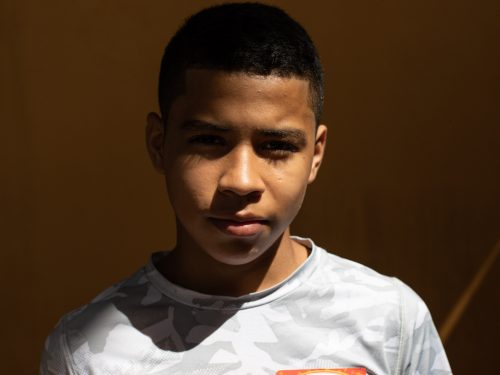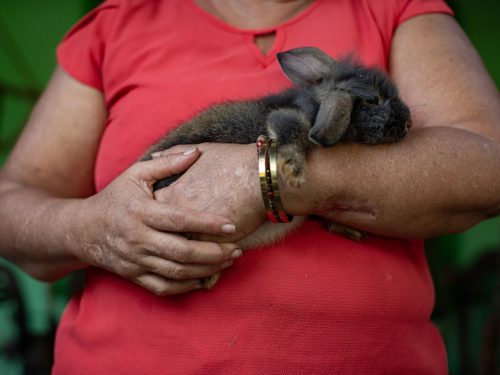
“Hi, I’m the girl from Hojancha who spent a month and a half in Hospital Mexico due to Chagas disease. If you like, I can tell you my long story.”
This is the message that Karolina Paniagua Paniagua, a resident of Hojancha, sent us after reading the article published in this year’s January issue of The Voice of Guanacaste, wanting to share her story and let people know details about this peculiar disease.
In her case, the symptoms began in August of 2015, at first with the symptoms of a virus: fever, loss of appetite, headache and pain in her joints. Doctors in the Hojancha Area of Health ordered medical leave for her, thinking that the diagnosis was dengue because the symptoms are the same.
After two weeks during which her health did not improve, they referred her to La Anexion Hospital in Nicoya, where the preliminary diagnosis was chikungunya. However, her platelet count did not drop, which tends to happen with chikungunya (around 122), and after she lost mobility in both legs, they did a lumbar exam to detect the possibility of lupus or Guillain-Barre syndrome, an illness that attacks the nervous system, causing weakness and muscular paralysis. However, both tests were negative.
“I got to a point where I did not have strength in my legs. I could not walk,” she related.
With the doctors frustrated because of not knowing what Karolina had, she was sent to Hospital Mexico in San Jose on October 7, 2015, where once again they ran a lot of tests, including for West Nile virus. They all came back negative.

“They tested me for lupus four more times without success. They also tested me for lupus in a private clinic, and it came out negative. I was run down a lot, felt a lot of fatigue and tiredness.”
The clock was ticking and the disease now progressed to her heart, causing myocarditis—inflammation of the heart muscle that affects the heart— and pericarditis— inflammation of the pericardium, a sack-like cover around the heart.
It was on November 2, 2015, almost three months after the onset of the first symptoms, when Dr. Luis Diego Quesada and Ignacio Arias decided to do the exam for Chagas disease, which turned out positive with an incubation period of 60 days for the Trypanosoma cruzi parasite, the agent that transmits the disease.
The news of the diagnosis caused great commotion among the medical staff of the San Jose hospital due to how rare it is. With Chagas disease in its acute or initial phase, only 5% of those infected develop visible symptoms.
“The doctors could not believe that I had the disease. Doctors from different departments visited me every day, amazed and curious to see what I had. Even medical students came from universities to learn and to do research. They took like 15 tubes of blood from me for analysis. I was like an experiment. The doctors told me that my case was very rare to see,” explained Karolina.
The Cure Worse Than the Disease
Two days after being diagnosed with Chagas, Karolina started treatment with Nifurtinox, a medication with rather strong side effects to combat the parasites in the body, which at times made her think that the remedy was worse than the disease.
“I did not sleep. I spent the time throwing up. I had a nervous system crisis, spasms, insomnia, abdominal pain, anxiety attacks. I didn’t have a good time. Really, the medicine was very strong.”
After losing 10 kilos (22 pounds), getting down to weighing only 50 kilos (110 pounds), Karolina slowly started the recovery stage with a lot of patience. Finally, on December 20, they released her from the medical center and this year on January 18, she started back at her job as a credit analyst at the local bank.
In February, she had an appointment for a stress test, but doctors told her that it was not necessary since her heart was within the normal range.
After the positive diagnosis for the disease, the Ministry of Health conducted an informational outreach campaign and fumigated in Hojancha.
“People do not know the effects of the disease. There are people who don’t find out until they go to donate blood, or because it manifests itself 20 years later, and many have died from heart failure without knowing why and it could be due to Chagas. What I recommend is to try not to have wood near the house, to check the mattresses and fumigate”, she explained.
Although she feels good now, she recognizes that she is not completely cured and therefore she should take precautions to live with the disease for the rest of her life.
Silent Disease
The disease is named after the Brazilian physician Carlos Chagas, who discovered the parasite in 1909 in the town of Lassance in Brazil.
The first symptoms of Chagas disease are a skin rash or outbreak, which causes irritation and itching where the bug has bitten. However, the bite itself does not directly transmit the disease, but rather the bug’s feces coming into contact with the exposed wound. Fever, headache and sore lymph nodes are also symptoms.
After 8-12 weeks of infection, the person enters the chronic phase of the disease, during which only 30% to 40% of people develop more serious symptoms such as heart ventricles and enlargement of the esophagus and colon.
An infection from this parasite can remain “hidden” for years in the infected person without their realizing it. It is estimated that between 15 and 17 million people are infected with Chagas disease each year, of which about 50,000 die. The disease is more prevalent in the poorest rural areas of Latin America, according to a report by the Center for Disease Control and Prevention of the United States.
At only 26 years old, Karolina understands that the fight has not come to its end. “I’m not cured. For now, there is no cure for this disease. That is why I should be careful with the sun, I can’t donate blood and I know that the symptoms will probably return when I am about 50 years old— in the chronic stage,” she said, but the young woman stays positive and is willing to fight with her entire being.






Comments